Around three years ago, David Solomon, the VP of Business Development and hi-res music Evangelist from Qobuz, made the mistake of mentioning in public that Qobuz Connect was in active development at the company. “Ever since then, I haven’t heard the end of it,” said Solomon. “Not just questions like ‘When is it coming?’ but people claiming we were just lying and stringing people along – ‘Qobuz Connect is never coming,’ they’d say. That was a rookie mistake!”
It turns out Qobuz Connect was, in fact, coming, but it took a bit longer than expected. Apparently, adding the functionality of “Connect” to the Qobuz app and streaming service wasn’t simple. It not only required advanced development on the Qobuz side, but also coordination with the company’s many software and hardware partners to assure full compatibility with hundreds of different products on dozens of different platforms.
The good news is that today (May 15, 2025) marks the official launch of Qobuz Connect. Now Qobuz users can connect the Qobuz music servers in the cloud directly to A/V receivers, powered speakers, network streamers, integrated amplifiers and more with high bandwidth network connections. This enables Qobuz customers to enjoy millions of music tracks from folk to rock to jazz to classical and everything in between in pristine lossless and high resolution audio formats without Bluetooth (or anything else) getting in the way and destroying the sound quality.
More Than 50 Launch Partners
At launch, Qobuz Connect boasts over 50 partner brands, more than rival TIDAL has accumulated over four and half years since they introduced their own version of “Connect” (TIDAL Connect) in 2020. Companies such as WiiM, Denon, Marantz, McIntosh, Rotel, Focal and Nagra are but a few of the dozens of brands that are supporting Qobuz Connect at launch.
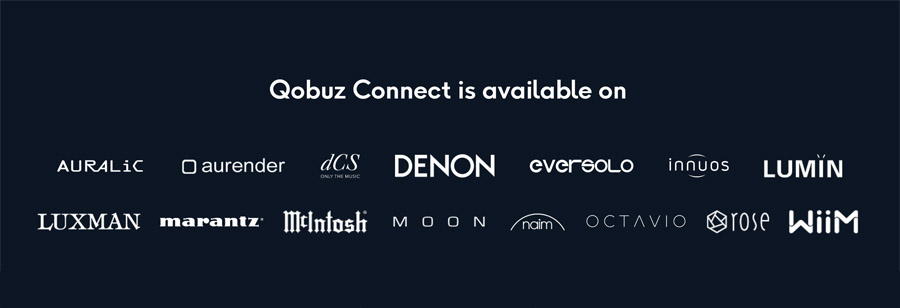
I was able to get early access to the feature and my WiiM Ultra streamer and Denon A/V receivers magically showed up in the TIDAL app on Windows as network playback devices via Qobuz Connect. Operation was seamless and playback quality was exceptional. The first couple of tracks I tested were in lossless CD quality (16-bit/44.1KHz) but I searched for a few other titles and confirmed that hi-res audio files at 24-bit/96 KHz came through on the receivers and the streamer in full resolution.

Solomon told us that HEOS-enabled devices like Denon and Marantz receivers can currently support up to 24-bit/192KHz high resolution audio files, depending on the specific model receiver, amplifier, streamer or speaker. With HEOS compatibility alone, Qobuz now has millions of additional potential customers. Now existing Denon and Marantz customers can add Qobuz streaming to their system for full hi-res audio support without the need for any additional hardware.
Once you engage “Connect” in the Qobuz app on Windows, Mac, Android or iOS, the music is delivered directly from the Qobuz cloud servers through your home network to the chosen playback device, without any middlemen to muddy up the sound. The Qobuz app then becomes a simple control system to drive your playback of songs, playlists and albums to your chosen device. You still have the full search, filter, share and playback controls of the app but you don’t have to worry about Bluetooth degrading the sound quality or notifications or calls on your phone interfering with music playback.
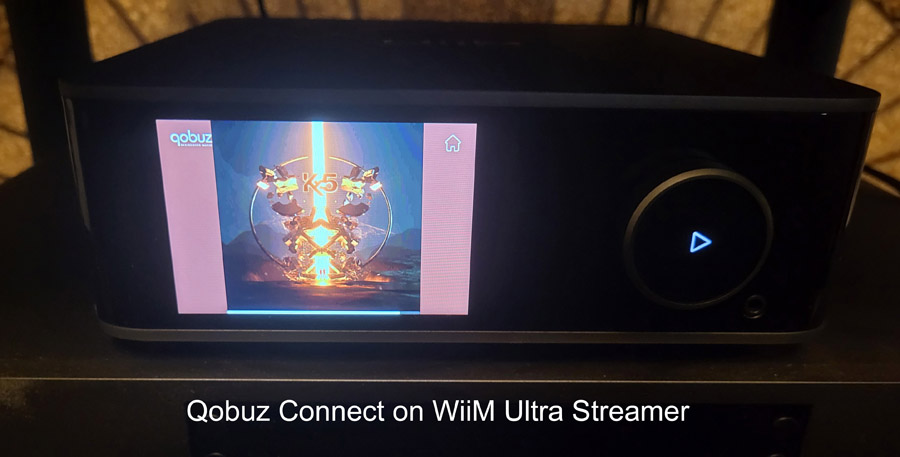
In most cases, that destination playback device can also take over playback control from Qobuz, allowing you to pause, skip or reverse through a playlist from the device’s own remote or control panel. I tested this on two different Denon receivers and found that it worked as expected. This flexibility in playback makes streaming even simpler than normal.
You can find out more about Qobuz Connect on the official Qobuz Connect page on their web site.
What Else is In Store for Qobuz?
Solomon was a guest on our most recent podcast episode. We asked what Qobuz has planned for spatial audio (Dolby Atmos or Sony 360 Reality Audio). He told us they are certainly “looking into it,” but would not make any commitment as to when spatial audio music might be available on the service (apparently he has learned his lesson). For the major streaming services, currently only Tidal, Amazon Music and Apple Music support multi-channel music streaming via Dolby Atmos, and only Amazon Music supports Sony 360 Reality Audio.
Solomon mentioned that there are a few 5.1-channel music recordings available in Qobuz (mostly classical music) which you can find by searching the service for “#multichannel.” However, playing these tracks back in multi-channel mode can be tricky as it may require a third party service such as Roon (you can read more about this on this thread). Qobuz native playback and Qobuz Connect are currently limited to stereo (two channel) playback.
Solomon told us other potential projects for Qobuz will be native integration into automotive systems so it will be easier for Qobuz users to access their favorite songs, albums and playlists virtually anywhere. Per Solomon, “Of course, we work with Android Auto and Apple CarPlay but native integration is always a better option.”
More For Users, More for Artists
Qobuz prides itself for its commitment, not only to high quality music reproduction, but to fair artist compensation. In March of this year, the company became the first streaming service to publicly reveal how much it pays per song streamed (on average). For those who may be curious, Qobuz pays out around 1.873 cents per stream, or about $18.73 per thousand plays. Of course, this isn’t normally paid straight to the artist, but to the company that owns the publishing rights, such as a record label. Whatever deal that artist holds with that rights-holder will dictate how much each individual artist or band actually collects from these streams.
This kind of transparency is rare in the music business, particularly in the streaming world where many services pay very little in exchange for the “exposure.” Estimates of Spotify’s payout is from 0.3 to 0.5 cents per stream, so, in that context, Qobuz paying 4 to 6 times more is pretty impressive. Qobuz also offers a download store with lossless and high resolution audio tracks and albums, which also drums up revenue for artists.
Qobuz highlights the fact that it does not offer free ad-supported accounts, so it is able to generate more revenue per user, and passes along this increased revenue as more generous payouts to rights-holders. However, Qobuz charges no more (in many cases less) than competitors for unlimited streaming, and includes access to lossless and high resolution audio tracks at no additional fee.

Qobuz subscriptions starts at $12.99/month for an unlimited plan, or $10.83/month ($129.99/year) if you sign up for a full year. Family and student plans are also available. For those who prefer to own their music collections, the Qobuz “Sublime” membership includes unlimited streaming plus discounts of up to 60% in the download store. The Sublime plan starts at $179.99/year ($14.99/month) prepaid for a year.
Free 60-Day Trial
While Qobuz doesn’t offer any free streaming plans, they do offer a free 30-day trial with access to the service’s 100 Million+ tracks, most of which are available in high resolution audio or at least lossless CD quality. As part of the Qobuz Connect launch, eCoustics readers and viewers can get double that with a full 60-day trial of the service. We should note that eCoustics does not earn any commissions or fees when you sign up for this trial and this is by no means a paid endorsement. We’re just fans (and subscribers) of the service and want to give our readers the chance to check it out as well. This 60-day trial offer is live now and expires on June 14th, 2025.
To sign up for the free 60-day trial go to: https://qob.uz/ecoustics
The Bottom Line
With the launch of Qobuz Connect, the audiophile-friendly and artist-friendly streaming service has now delivered one of the few missing features and reached or exceeded functional parity with its closest competitors. With only around 300,000 subscribers (compared to TIDAL’s 3,000,000 and Spotify’s 260,000,000+ paid subscribers), Qobuz has a lot of room for growth. But with their growing catalog of high resolution and lossless audio tracks and commitment to fair artist remuneration, we think Qobuz is definitely worth a listen.
Related Reading


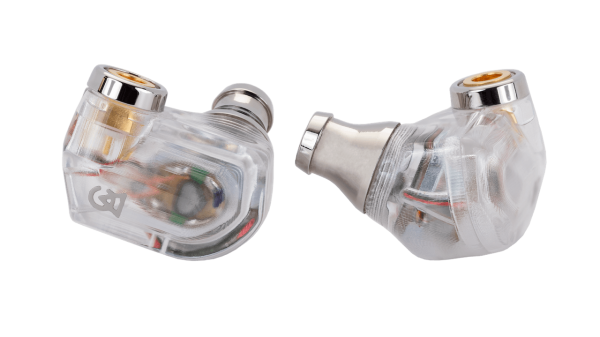
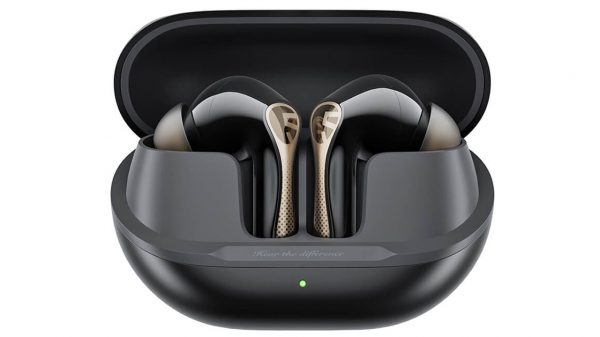
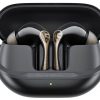
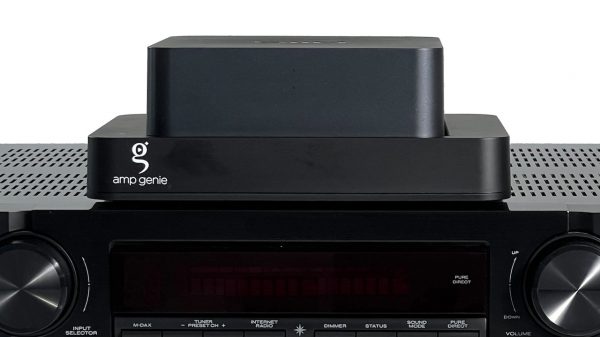
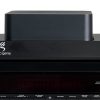

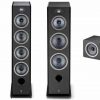
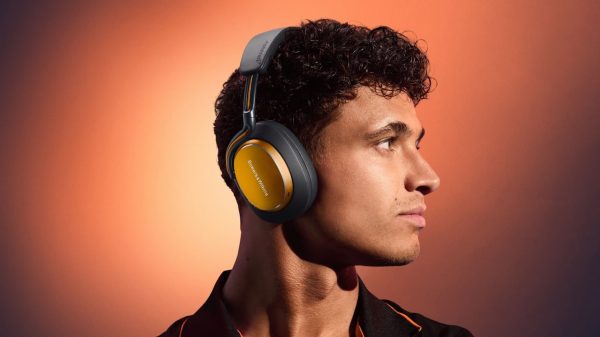

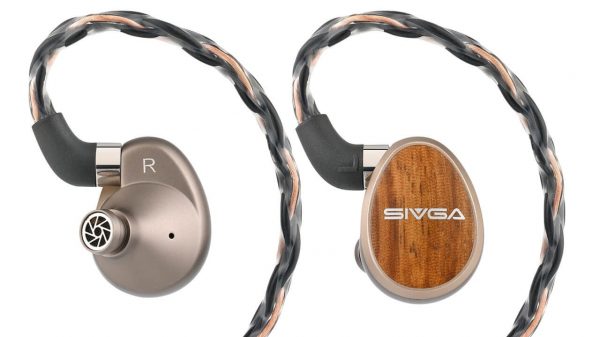
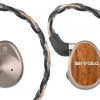
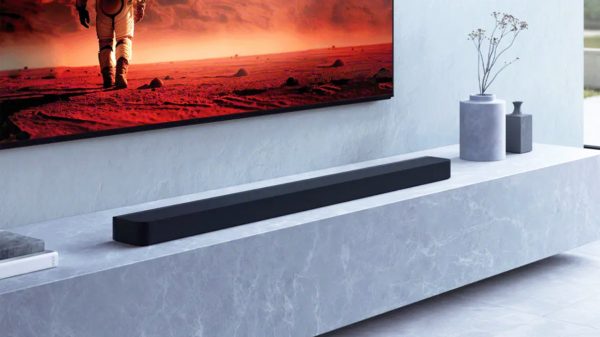
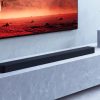
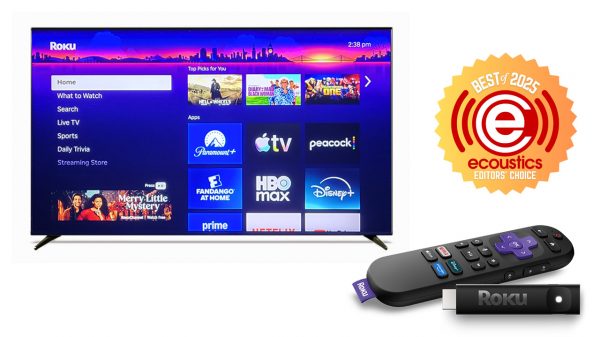


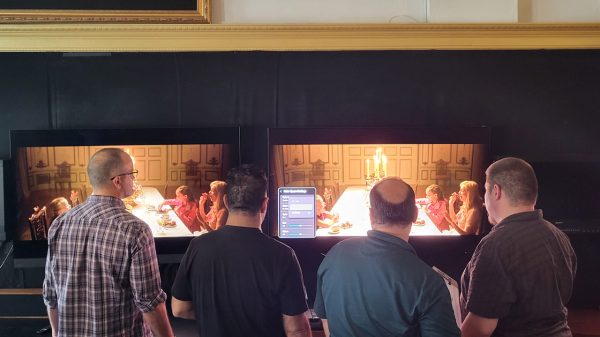

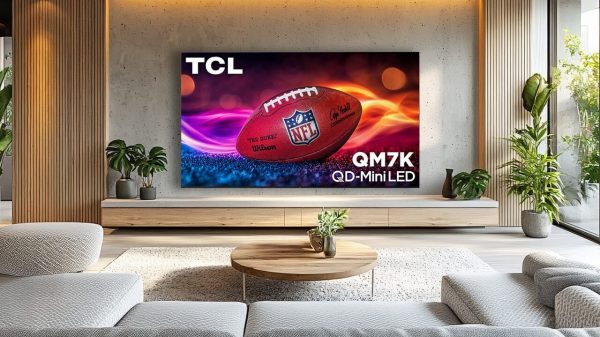
















ORT
May 15, 2025 at 1:40 pm
I spoke with the Qobuz representative at the most recent CanJam in LA and expressed my interest in trying the music service I cannot begin to correctly pronounce. I asked her to forward my desire to have Qobuz made natively available on HEOS.
I don’t give an airborne intercourse for Roon, its Roonacy and the silly frAudiophilians that make weird Roonatic claims about its “musicality” are not worth my money nor my time and hard drive space. It ain’t hard to select music myself and hit “PLAY”. Denon offered a ROON trial for 3 months for free. I deleted it after maybe 2 months. It is useless and no, it doesn’t add musicalifragilisticexpealidociousness to playback.
I am a firm proponent (the term “fan” denotes a fanatic. Yuck!) of HEOS by Denon/Marantz and will be adding Qobuz to my HEOS system soon. I never wanted “Tidal Bowel” as I loathed certain aspects of it whilst others Mr. Miyagied (e.g., “waxed off”) to the lies about the service. I already use Pandora, Amazon Music Unlimited and SiriusXM on HEOS. I am looking forward to seeing if Qobuz is as good as friends here on Ecoustics say it is.
I still cannot pronounce it.
ORT
Ian White
May 15, 2025 at 2:00 pm
ORT,
The French got this one right. Had to happen sometime in this century. It’s a great platform. And what some people forget is that Harman now owns HEOS and Roon. Will be interesting to see how that plays out.
IW
Chris Boylan
May 15, 2025 at 2:40 pm
Sir ORT the Magnanimous!
I had a feeling this one would catch your eye. Be sure to check out the free 60-day trial of Qobuz which we negotiated with them for the launch. You can find it at https://qob.uz/ecoustics – the offer expires on June 14th (but the trial lasts a full 60 days from when you start). This will give you enough time on your specific system(s) to decide whether it’s worth the continuing investment.
And no, we didn’t get paid to mention that and also don’t get any bounties if you sign up (but you should do it anyway).
ORT
May 16, 2025 at 5:26 pm
Chris, thank you for the link as well as your excellent thoughts on this and the new Sony Headphones! I am going to get Qobuz and I also checked with Denon and they assured that they will be having native support for Qobuz on HEOS!
I am excited and I spoke with one of my sister-in-laws and let her know in my bestest Batman voice, that once Qobuz is naaaatively ported to HEOS, she and her husband will be a part of my Qobuz Family Plan as will my daughter and her husband. My SIL likes easily created playlists.
I wonder if I can use Qobuz on CarPlay and my SIL with AndroidAuto? Curiouser and curiouser…The game’s afoot!
Thank you again!
ShORTlock Holmes
Chris Boylan
June 3, 2025 at 10:28 pm
Hey, ORT!
Super late replying here. Sorry. Had some distractions like my son graduating from college and stuff. But Qobuz should work just peachy with Apple Car Play and Android Auto. David Solomon said their next big push after Connect would be to bring native Qobuz apps to automotive platforms, but this will undoubtedly take some time. I did test Qobuz Connect with two Denon receivers and it worked great in all its high resolution glory. I love that Qobuz is also 4X to 5X more generous with its artists compared to Spotify as well. So you can feel good about that *AND* the audio quality. I think Qobuz is well poised to grow over the next few years as they seem to be doing *almost* everything right. I say “almost” because our guest on the podcast David Solomon who was Qobuz Employee #1 in the US was unceremoniously let go right after the Qobuz Connect launch. And to me, this move seems antithetical to growth. That guy was quite the Qobuz evangelist!
Anyway, enjoy Qobuz. Maybe someday soon they will add support for immersive audio like Dolby Atmos. But for now, it’s hard to get any higher quality than what they offer for two-channel.
Catherine Lugg
May 15, 2025 at 2:57 pm
I’ve been using both Qobuz and Tidal for years, largely because they do different things. Tidal is fine for rock/pop, and they are better with family plans (because I like to share joy these days). Qobuz has some of the geekier classical recordings that I adore. Normally, I can run everything through Roon, but I do like playing with each services’ “connect” app.
1. I find Tidal Connect to be a PITA (Pain in the ). It just is. My wife loves Tidal, but streaming to our Bluesound amps via Tidal Connect is an annoying. Additionally, the Bluesound amps do not handle Qobuz without using Roon.
2. Qobuz Connect is a joy to use. It took me about five minutes to get things going to my WiiM Ultra (out to my glitchy KEFs LS50 wireless ver.1).
3. I hope that Tidal fixes Tidal Connect, Bluesound/NAD updates their firmware to handle Qobuz connect, and even though I’ve paid Roon for a life-time sub, maybe that goes away.
Color me cranky that I’ve had to fiddle with all of this stuff.
Ian White
May 15, 2025 at 4:46 pm
Catherine,
I agree with your assessment of the two platforms. Harman now owns Roon which is interesting with the HEOS acquisition and all of the new brands. I sold my Roon server because I don’t need it anymore with TIDL Connect and Qobuz Connect working with my various streamers/network players from Cambridge, WiiM, and the wireless speakers that now support both. Once BluOs works flawlessly with Qobuz Connect, I may consider the new NAD M33 V2 or the M10 V3. I am excited to see that Ruark supports Qobuz Connect as of today. Will more to say on that in June.
IW
Catherine Lugg
May 16, 2025 at 11:09 pm
Ian, my Roon core is a humble M1 Apple Mini, that also does dual use for data crunching (I’m a looooow level data geek for a political campaign). So far, so fine. The Mini can crunch data, and stream video and Roon all at once, without hiccups. That said, dispensing with a Roon core would not make me weep if either BlueOS or WiiM would be a tad more robust.
Please keep us posted to NAD developments.
Asa
May 15, 2025 at 3:32 pm
Good timing! Tidal sub ends this month and will be switching to Qobuz after that…and will take adavantage of the 60-day trial. Thank you for providing this!
Ian White
May 15, 2025 at 4:41 pm
Asa,
Our pleasure to be able to do this because of Qobuz’s generosity. Enjoy.
IW
Mike Cornell
May 15, 2025 at 8:59 pm
Tried Tidal’s free trial but wasn’t all that impressed and don’t really care for their pop/rap-centric leanings. Qobuz is far better and you can tell they really like and know their music. Qobuz Connect puts the icing on the cake! I like their perks too with hi-fi and artist reviews and features.